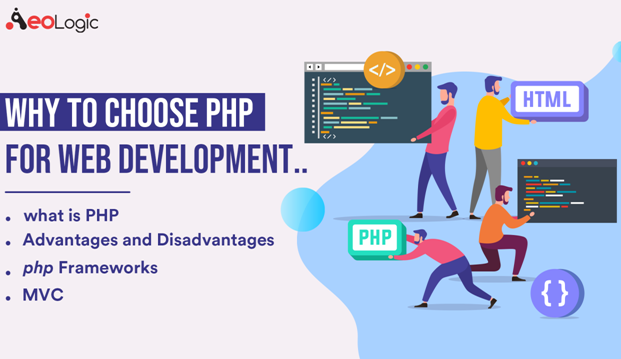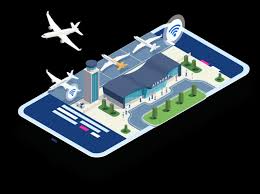PHP started out as a small open source project that evolved as more and more people found out how useful it was. Rasmus Lerdorf unleashed the first version of PHP way back in 1994.
What is PHP?
- PHP is an acronym for “PHP: Hypertext Preprocessor”
- PHP is a widely-used, open-source scripting language
- PHP scripts are executed on the server
- PHP is free to download and use.
In PHP we can generate dynamic page content as it is useful in web development because with the help of PHP can create, open, read, write, delete, and close files on the server.
Advantages of PHP
- PHP runs on various platforms (Windows, Linux, Unix, Mac OS X, etc.)
- PHP is compatible with almost all servers used today (Apache, IIS, etc.)
- PHP supports a wide range of databases
- PHP is free. Download it from the official PHP resource: php.net
- PHP is easy to learn and runs efficiently on the server-side
Disadvantages of PHP
- Security: Since it is open-sourced, so all people can see the source code, if there are bugs in the source code, it can be used by people to explore the weakness of PHP
- Not suitable for large applications: Hard to maintain since it is not very modular.
- Weak type: Implicit conversion may surprise unwary programmers and lead to unexpected bugs. For example, the strings “1000” and “1e3” compare equal because they are implicitly cast to floating-point numbers.
As we have above discussed the PHP now let’s discuss the Syntax of PHP.
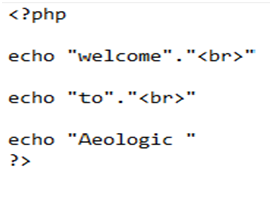
As in the above picture, we have discussed the syntax of PHP. Where echo is used to print the data.
PHP Frameworks for Web Development
As PHP is a wide language in web development there are many frameworks in PHP.
List of some PHP Frameworks –
- Laravel
- Zend Framework
- Cake PHP
- Fuel PHP
- Slim
As written above, some PHP Frameworks of PHP let’s discuss them –
LARAVEL:
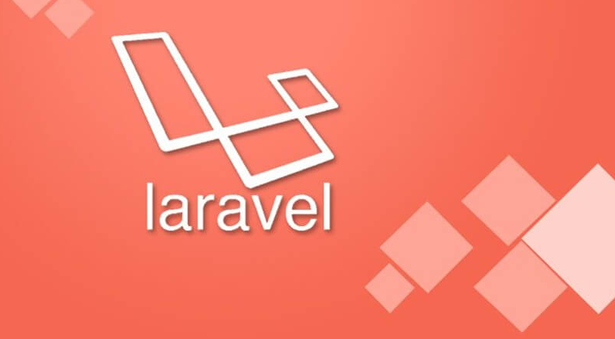
Laravel is a free open-source PHP web framework created by Taylor Otwell and intended for the development of web applications following the model-view-controller (MVC). Before knowing about Laravel let’s go through with model-view-controller (MVC).
Model-view-controller (MVC)
Model–View–Controller (usually known as MVC) is an architectural pattern commonly used for developing user interfaces that divides an application into three interconnected parts. This is done to separate internal representations of information from the ways information is presented to and accepted from the user.
As above Picture shows how MVC works. Let’s discuss them.
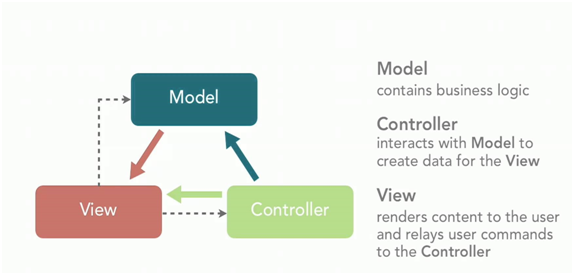
Model
The central component of the pattern. It is the application’s dynamic data structure, independent of the user interface. It directly manages the data, logic and rules of the application.
View:
Any representation of information such as a chart, diagram or table. Multiple views of the same information are possible, such as a bar chart for management and a tabular view for accountants.
Controller:
Accepts input and converts it to commands for the model or view. In addition to dividing the application into these components, the model–view–controller design defines the interactions between them.
You can contact our Web Developer Experts for any queries regarding Web development.


